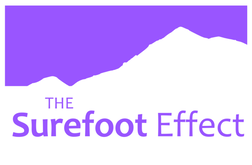|
COP 26 brought global nations together with the aim of slowing down climate change by mid-century, but is the 1.5 still alive, or is it on life support? David Attenborough spoke confidently and passionately from the podium at COP 26 in Glasgow. He made many strong and insightful remarks, but he left us with a clear intention for when the pageantry was over - will the measure of the concentration of carbon in our atmosphere rise or fall after the summit? The answer is uncertain, but it’s clear that industries can do more to help. COP 26 Agreements After two weeks of presentations and discussions, the curtain finally closed on the UN’s annual climate change summit in Glasgow. So what was the outcome? According to some analysts, activists, and commentators, COP 26 didn’t do nearly enough, but it did agree on some things. According to COP 26 president, Alok Sharma, the summit succeeded in affirming the Paris Agreement’s aim to limit global temperature rises to 1.5°C by mid-century. Successes included talks on limiting coal usage for the first time and rules to govern cross-border carbon credits. COP 26 Failures Despite agreements made in the Glasgow Climate Pact, the summit didn’t go far enough according to some analysts. Alok Sharma called for “phasing out” of coal power by mid-century - at 46% coal is the biggest contributor to anthropogenic climate change, but calls failed. Instead, negotiators agreed to “phase-down” coal usage, but developed nations like India and China will continue to use it in the 2040s. There were also failures with regards to climate justice - the adaptation fund received support, but the funding levels remain woefully inadequate. Action is Needed Promises, promises, promises. Over one hundred nations promised to cut their methane output by 30% by 2030, and 130 nations possessing 90% of global forests promised to reverse deforestation. To find out what your business can actively do, visit Net-Zero at Surefoot-effect. The central problem with COP 26 was not necessarily the sentiment, although some say there was more greenwashing than activism on the part of governments; the problem was (and still is) accountability - will nations act on the commitments they have failed to keep at previous COPs? Future Prospects At present, there is no legal framework for accountability on climate change, which might change when the water starts to rise, but for now, the pledges are based solely on goodwill and cultural pressure. It seems nations are beginning to wake up, but there’s much work to be done. Some commentators point to the lack of young people and women in future conversations, for instance. Still, there is room for optimism. As climate activist Greta Thunberg said “... the real work continues outside these halls. And, we will never give up, ever.” A popular sentiment. The Surefoot Effect It’s no longer possible to ignore the effects of climate change, and your business has a role to play in turning the tide. It’s time to start learning about Net-Zero and building responsibility into your enterprise. If you’re interested in making your business more planet-friendly, visit the Surefoot-Effect and take part in climate change training, mentoring, courses and workshops. By James Bollen James Bollen is a digital writer and content creator. He writes articles and blogs in a wide range of niches including business and technology but has a particular interest in conscious living practices, nature appreciation, and creative pursuits. He lives in Glasgow with his partner and sibling cats, Hansel and Gretel.
1 Comment
In Eswatini, the Southern African country formerly known as Swaziland until 2018, a new movement is taking form to engage young people in a broad range of climate change actions. In a country where flights and overconsumption aren’t options for most people, worldwide climate advice needs to be replaced with initiatives rooted in local reality. Even the Eswatini average carbon footprint is low, there are still actions to take to mitigate climate change effects. Local understanding and education, improvement of infrastructure and engagement of the young people which make up a large part of the country’s population, can support Eswatini towards a sustainable future. As places and people are globally interlinked, we get valuable insight into the state of the world when listening to voices from Eswatini. Supporting the youth in taking action At Surefoot we have talked with Dane Armstrong and Tamika Du-Pont from Eswatini, who are on the steering committee of a youth led climate change network called Hlumisa (which translates ‘to make grow’ or ‘to sprout’). They are also engaged in the Eswatini Climate Coalition which offers a platform for engaging in climate change news and projects around climate justice. This is one of a series where we are speaking with people from organisations around the world, to get first-hand insight into climate change and environmentally friendly actions. Dane, who is an artist who also works in climate adaptation, policy and food systems, explains the need to engage young people in climate change actions, “There is a gap between the governmental goals and citizens participation. With our platform we share news and information, reach out to schools, create workshops, organise marches, and use the creative arts to raise awareness around climate change.” Like other places on the planet, the Covid-pandemic has put many activities on hold. Since there has been a shift to online activities, inequality has become more visible. Internet connections are expensive for many people, and once connected the internet is not always reliable. Their work with high school students aged 15 - 30 years old, including a festival and the pilot of a climate platform, was postponed due to the pandemic, but the activities are again going forward as they look to rebuild and forge ahead. Time for change With a background in environmental science and concern of the social aspects of the environment, Tamika points out the importance of forming a community where different skills come into play, whether it’s about saving energy or creating art. “A small wave of climate change awareness is here, but many more need to know about the consequences and initiatives to build resilience. It should be followed up with governmental actions and rebuilding of the infrastructure. There is a call for optimisation of the national transportation system within the small sized country. We need for example cycle lanes, and a more reliable public transportation system to allow people to participate in greener and more sustainable means of living,” explains Tamika. Recycling is a simple example of a weak spot in the infrastructure. Dane mentions the lack of information and access to recycling (which does exist as an option), even to people who have the means and desire to participate. There are further steps to take when encouraging change on a personal level. Reducing meat towards a more plant-based diet is a challenge due to cultural habits, and there is not much information in circulation about the environmental benefits. Also, embracing agroecological food systems, promoting organic gardens and buying locally produced food and other products would help mitigate the climate change effect. “People should be exposed and encouraged to adopt these possibilities,” states Tamika. The storm to initiate change Heavy rain, extreme storms, heat waves, drought and high temperature in October, which are normally experienced in December, are some of the potential climate change effects already being felt in Eswatini. This is on the back of the extreme drought that was felt in the region between 2015/2016, which thrust climate change into everyone's minds due to the huge personal effect this had on everyone’s lives. Roads, agriculture and livestock are constantly at risk or affected. “Last weekend almost everyone in my neighbourhood was on their roof fixing holes after a heavy rain and hailstorm,” informs Tamika. In a time where it’s difficult to predict what will happen in the wake of climate change, uncertainty has become a weighty actor. “People can see that climate change is happening, but often it has been forgotten on the other side of the storm. But now, the bubble starts to burst,” says Dane and explains about these early days of awareness and action. Discussions, debates and aiming for shared solutions between citizens and the city councils are wanted. When climate change impacts strike, people are often left alone to deal with the effects, for example repairing their houses. If support appears in a sudden climate change disaster, most often it is short-term oriented, like the provision of food supplies. This is important, but there is a demand for a shift in political attitude towards climate change challenges. Empowering agencies already established in the local areas would strengthen the forces already there to meet emergency situations. Furthermore, viewing solutions to climate change impacts not as an expense but as an investment in long-term sustainable solutions would support the future of the country and its people. If such initiatives become part of supporting Africa as a whole, this will make the continent stronger. And again, on an even bigger scale, if we at a global level are concerned about what is happening to various places on the planet, we will all learn more about climate change and what it takes to deal with it. Dane mentions Madagascar as a place with hardly any attention from the global society. The fourth largest island in the world, with animals and plants found nowhere else on the planet, is currently facing a devastating dry season which has left people in starvation. The UN predicts it might turn into the world’s first climate change famine[1]. Sharing is caring It might be a clichéd saying, but nevertheless sharing is caring. And shared communities are also what the young people want to be engaged in, when asking Tamika and Dane what the youth in Eswatini prefer among their offered activities. Platforms for sharing are essential for young people worldwide, and Eswatini is no exception - it is fundamental for change. Space to share knowledge, skills, experience, creative work and ideas. A place which invites young people to think and to be listened to, to be able to deal with challenges in their part of the world, and to be a part of the global community. By Gazelle Buchholtz [1] https://news.un.org/en/story/2021/10/1103712 If you like to follow the work of Tamika and Dane see more here:
www.eswatiniclimate.org, [email protected] Twitter: @ClimateEswatini Hlumisa email: [email protected] Tamika Du-Pont linkedin, Personal email: [email protected] Instagram: https://www.instagram.com/tamikadupont/ As part of our project Sustainability, Heritage, Health (SHH), I have had the pleasure of investigating, planning and piloting our three planned walks in Scotland. Each walk showcases a different aspect of this beautiful country. This description of the routes is a step towards populating the app we are developing with our partners. Enjoy the tour.
Walking through a UNESCO World Heritage Site The first walk I was lucky enough to experience was through the capital, Edinburgh, which is a UNESCO World Heritage site in its entirety. Starting on the far side of Duddingston Loch, I re-entered the city overlooking a quiet nature reserve in the shadow of the imposing Arthur’s Seat hill. The natural and green slowly gave way to the urban, though was never truly absent. Crossing through the Meadows, a park brimming with the vibrancy of Edinburgh’s youth, into the historic Old Town highlighted the duality of the city. It has often been referred to as two cities built on top of each other, which one can see as they walk towards the Royal Mile over the sides of the many bridges over the streets below. Here is where the tourists congregate; street performers fill the approach to the mighty castle and the sound of bagpipes is ever in the air. Around every corner the rich history of Edinburgh burgeons, and there is far too much to take in on a single visit. In the view of the castle, I began to exit the centre of the city, looking up at the majestic facade with the sun on my face and the fading sound of bagpipes behind me. After narrowly avoiding Edinburgh’s inevitable shopping district, I found myself going down a tiny path next to a grand bridge, not knowing the hidden oasis that awaited me below. By the side of a tiny river, an 800 year old milling village, with modern additions and restorations, sits inconspicuously and easily missed. As a resident of Edinburgh, this was my favourite surprise while planning the route. The walk carries us down the Water of Leith, past galleries and striking memorials. It is truly a treasure in the midst of the city it cuts through. Finally, I exit the city proper and walk briefly through a residential area towards the walk’s terminus on Corstorphine Hill. At its summit, a single stone tower sits amidst the trees, and on the descent, I was greeted by the stunning view of the Forth Bridges, illuminated as if by a complicit sun. On the trail of the industrial revolution, Roman occupation and engineering wonder Moving slightly out from the urban centre, the next route took me through some unlikely places over two days. Some people may say that starting a walk in Cumbernauld industrial estate is a bad idea. I don’t. Central Scotland is an area with a long history of industrialisation, deindustrialisation and disparity. Starting in an “ugly” urban area, I take a path weaving through Scotland’s industrial history along the very canals that propelled it. I see power stations that are rapidly approaching redundancy alongside the distant wind turbines that will replace them. I see the remains of long past Roman attempts at quelling the wild, ever-changing landscape. And I see what the Scottish people have built while preserving the incredible natural beauty just beyond our doorsteps. The Roman wall and hill fort of Rough Castle were impressive given what remains - just earth having been moved for purposes long abandoned. Seeing them and taking in the weight of their history is, I’m sure, something that everyone will react to differently. Shortly after, the contrast of millennia is exemplified by the incredible Falkirk Wheel. “A lift for canal boats” is one way to describe this engineering and artistic marvel, but that doesn’t quite do it justice. The canals themselves were truly welcoming, with boatmen travelling along them for work or just a lovely day out, all willing to greet walkers warmly. It felt like a secret route; central Scotland is the most populated and industrial area of the country, and yet you could hardly tell such have the canals been forgotten by all but an eclectic few. The Avon Aqueduct marked the end of my time by the canalside and my lingering memory of it is one of fear. The aqueduct is really, really high. I’d like to tell you more about it, I’m sure it’s beautiful and an impressive feat of architecture, but mostly I just remember how high it is, 35 metres! Luckily for my acrophobic self, the rest of the walk bore me gently through the woods to Linlithgow, its rich history and many pubs. A breeze of coastline stories The third route abandons the urban side of Scotland almost entirely. Only a short bus ride from Edinburgh, the coast of Fife presents some of the most beautiful walking I have ever done. It presented a bit more of an escape for three days through historic fishing villages, each with their own local stories and personalities. The local history is told through countless information boards, and the efforts to conserve the coastal wildlife is espoused on signs throughout. Local farms put up honesty boxes to sell their products, which always make me far happier than they possibly should. There are a number of golf courses on the route which one must navigate, but one can hardly blame them for setting up here; the views out to sea are absolutely staggering. Distant tiny islands boast their own stories and beckon curiosity, just as the views up and down the coastline itself draw you further along with the promise of further beauty. More than the other routes, this one is peaceful. A quiet meal with a harbour view is a memory that I will cherish, especially because I was lucky enough to share it with someone special. In September, we held two sessions of our workshop 'Creativity Builds Resilience'. These are part of the adult education project Breakthrough for Resilience: People, Places and Communities. The sessions were designed by our Greek partner, the 'Greek Society for Social Psychology and Psychriatry', which together with organisations in Italy and Sweden make up the consortium. 'Creativity Builds Resilience' showcases tools which use the creative arts to help build individual resilience such as 'name your feelings', the drawing of mandala and street art as a resilience tool, 'dealing with criticism' or listening to baroque music. After the workshop, comments included: "Balance of sharing, explanations, and practice was excellent", and "Thank you for cultivating a safe, trusted space in such a short time. I’m so thankful also that you were able to make this accessible in the way you have." Please contact us if you are interested in these workshops for your organisation. Street art by Tom Bob. In the workshop we looked into how street art can be liberating and bring resilience.  The project is co funded by the Erasmus+ programme. |
�
AboutHere’s a collection of some of our articles which have been in our newsletters or published elsewhere.
Archives
May 2024
|
Sign up TO SUREFOOT NEWS >>The Surefoot Effect equips people, communities and organisations with skills for sustainability and resilience.
|
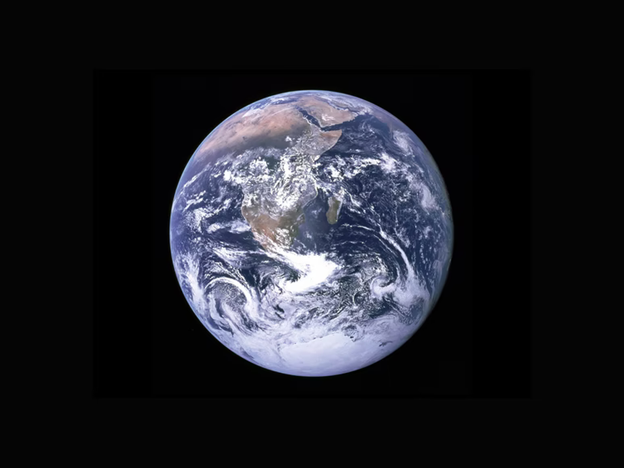
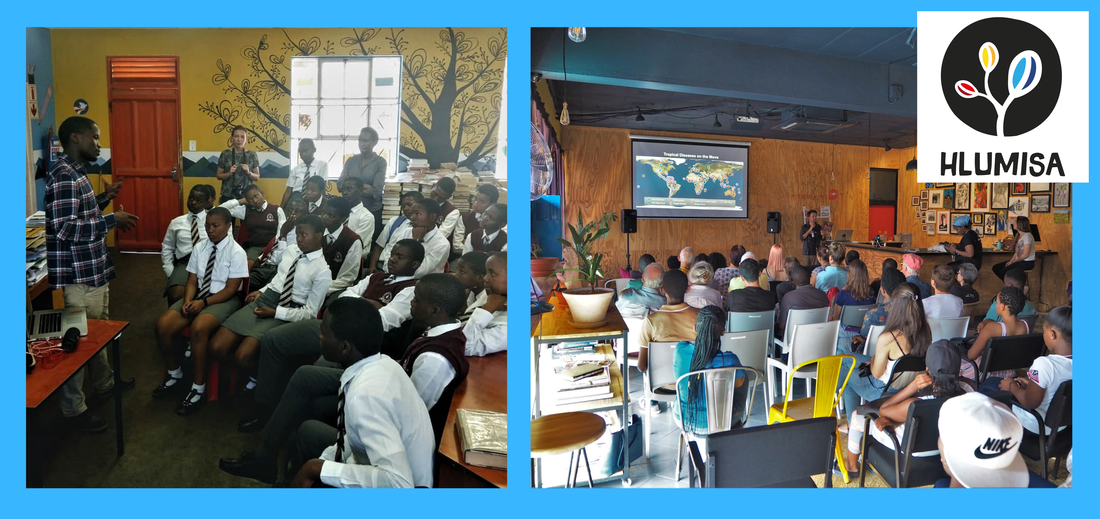
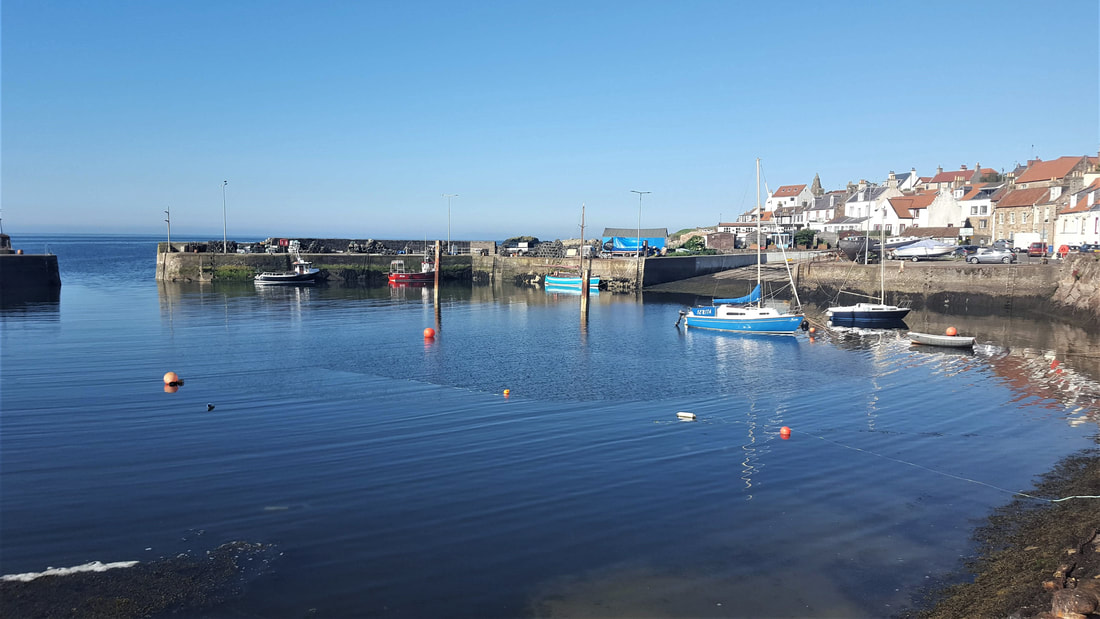

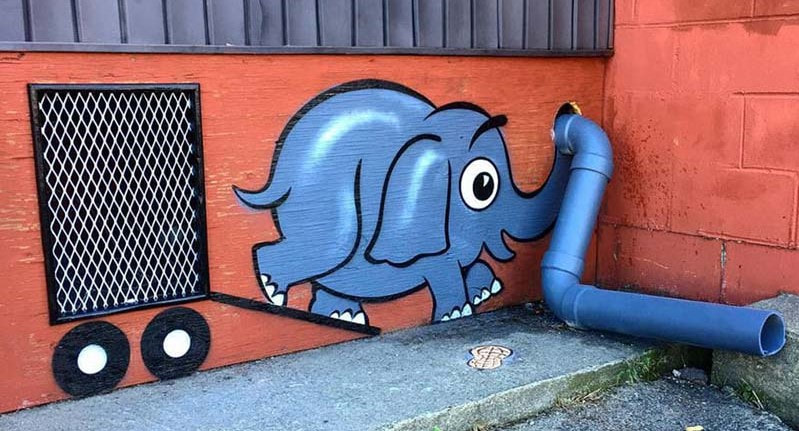
 RSS Feed
RSS Feed
